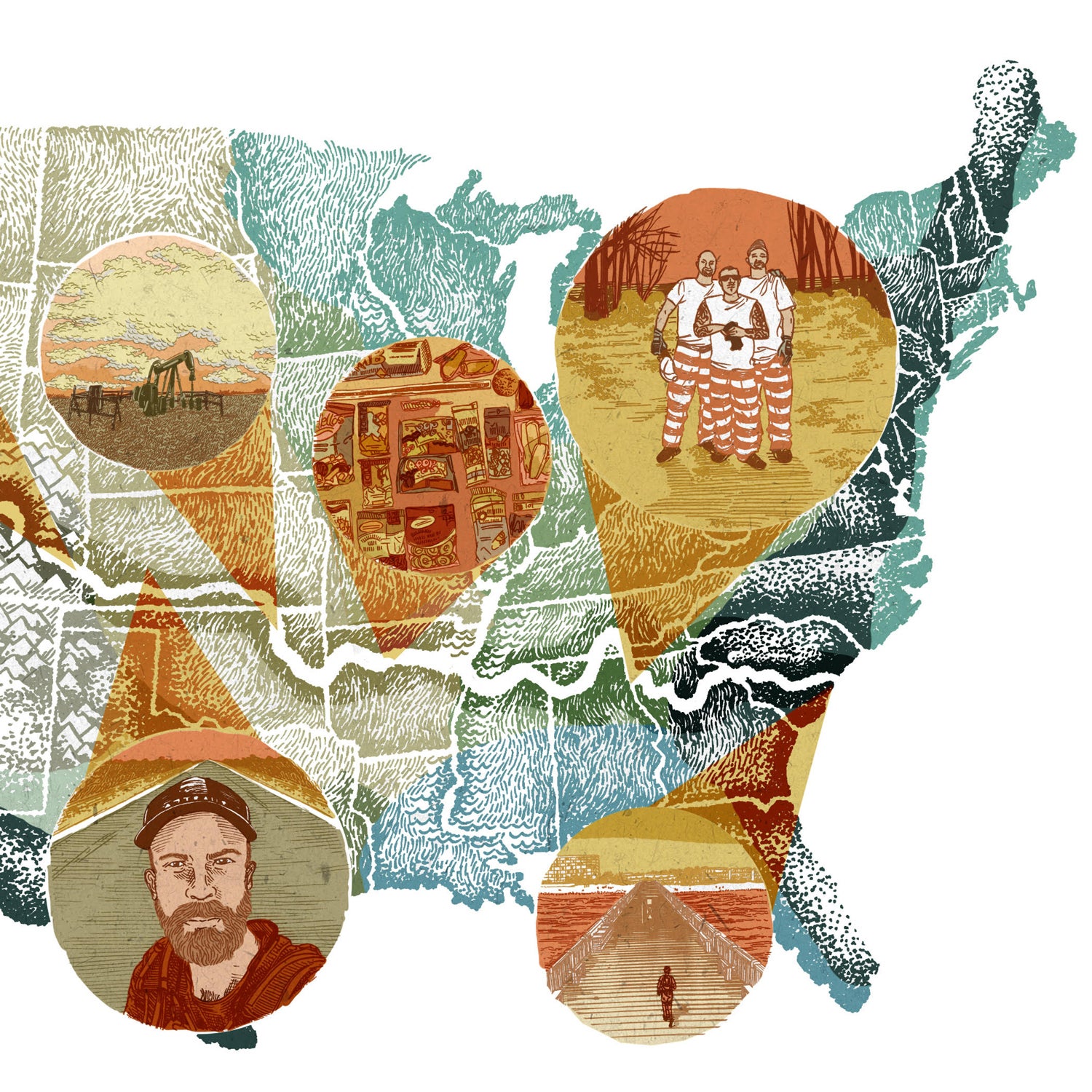When was 16, he was fascinated by , Peter Jenkins’s book about a 1970s coast-to-coast journey. “It was an anthropological look at an athletic endeavor,” Gates says. Gates’s first transcontinental attempt, on a bike when he was 19, fizzled after three days. Now, 17 years later and with a decade of experience as an ultrarunner under his belt, Gates is trying again, with a 4,000-mile run from South Carolina to California.
Ultralong-distance projects have become a thing lately, with Karl Meltzer and Pete Kostelnick a month later. But unlike most runners, Gates isn’t focused on speed. He wants to explore. “I’ve been traveling around the world for the past ten years as a professional runner,” he says. “I know so many countries better than my own.”
Gates patched together a meandering route that includes classic trails, rural backroads, and even some urban areas. He began in Charleston on March 1, heading west and south on the Palmetto and Appalachian Trails, before taking a paddleboard north on the Tennessee River. After stints in Oklahoma and Kansas, he stopped in Aspen, Colorado, his hometown. He’ll end sometime in August with all 100 miles of the Western States course in Northern California, followed by the .
Although Gates often runs 30 miles a day, he’s almost completely self-supported, carrying a few pieces of clothing, a sleeping bag, and a tarp, and sticking to a budget of $1,000 a month, for food and the occasional hotel room.
Gates’s route is intended to put him in contact with locals along the way as much as possible. Breaking the ice, he discovered early, isn’t tough. “I show up in short shorts with a weird backpack and this big red mustache,” he says. “You kind of don’t have a choice. Conversation happens.”
The Gear He Carries
Gates’s equipment has to be light and totally weather-proof. He’s running in and has been through ten pairs.
He’s using a prototype pack from Salomon that lets him balance weight between his chest and back and makes it easy to grab extra clothes or food without stopping. “I put the pack on and don’t take it off for six or seven hours at a time,” he says. The pack is partially made from Cuben fiber, a water- and windproof fabric designed for sails.
As for clothes, he’s relying on layers of light-weight merino wool and a sleeping tarp, which also functions as a poncho.


